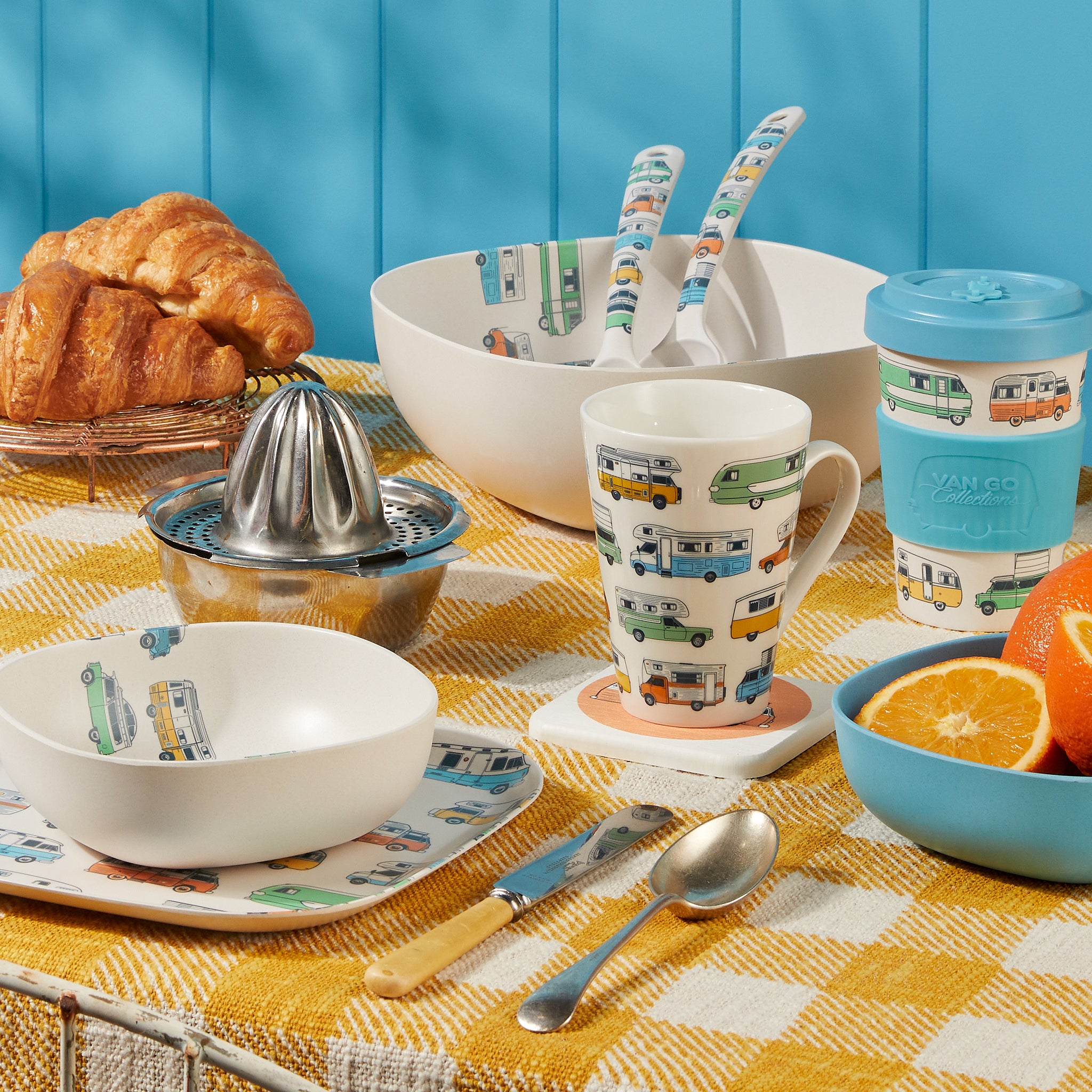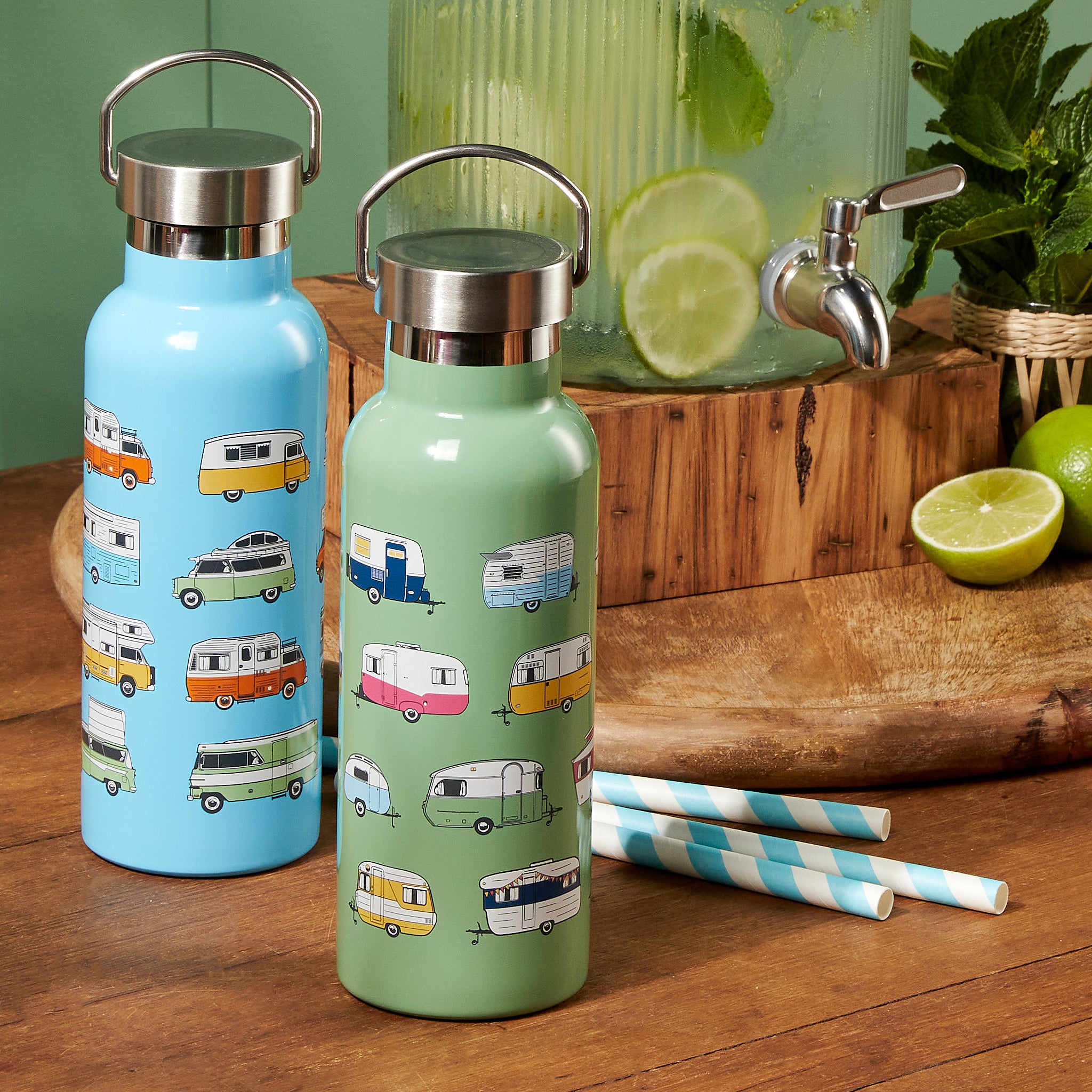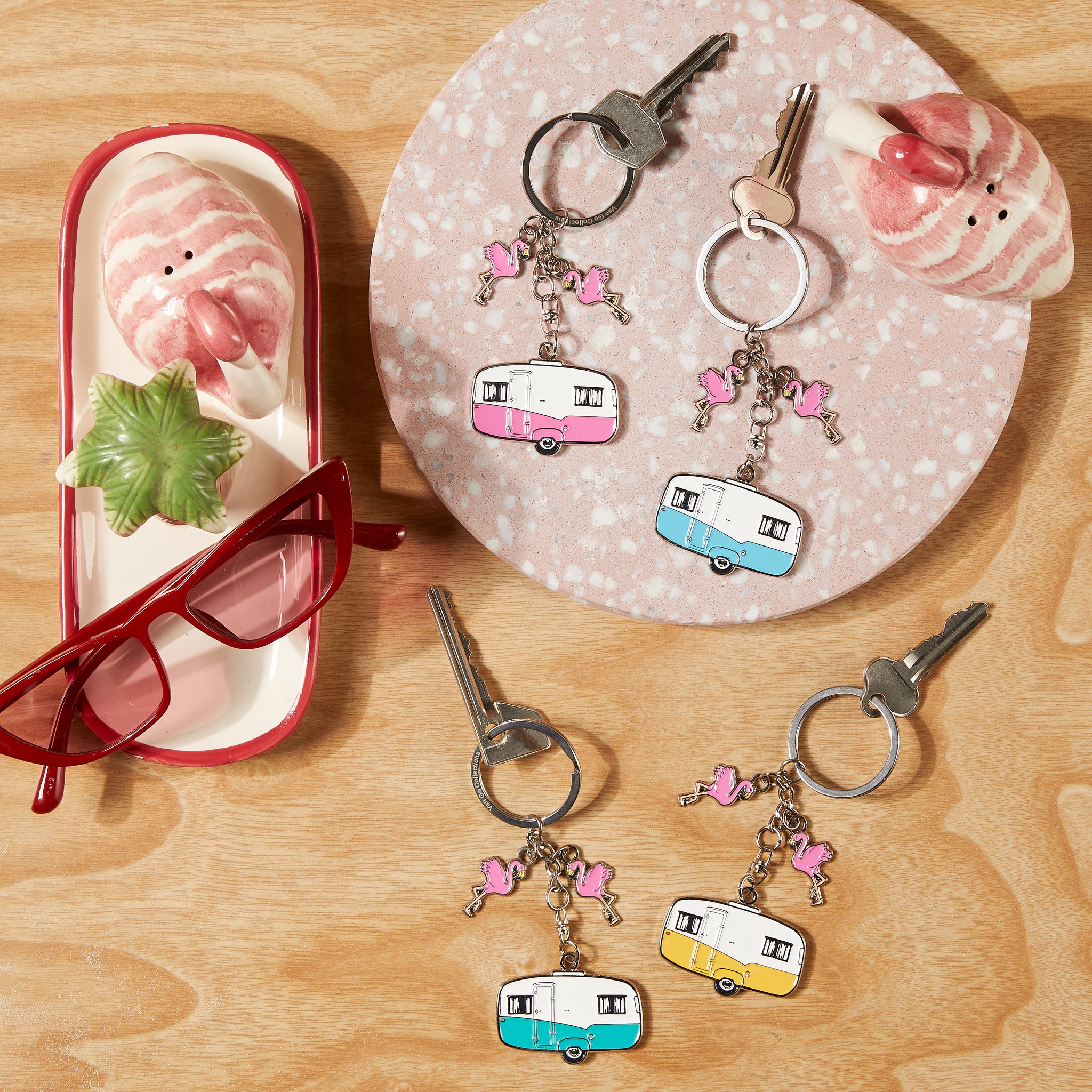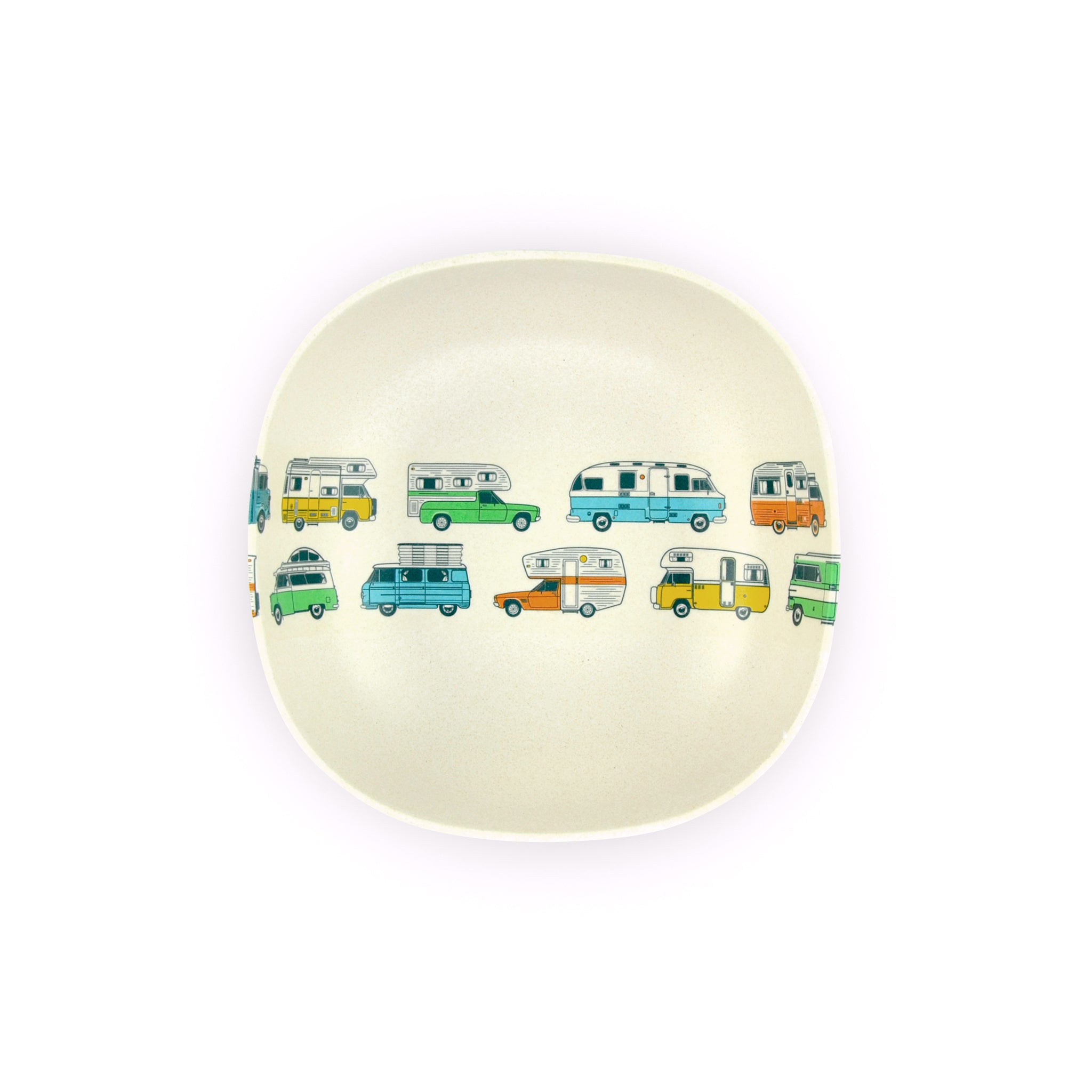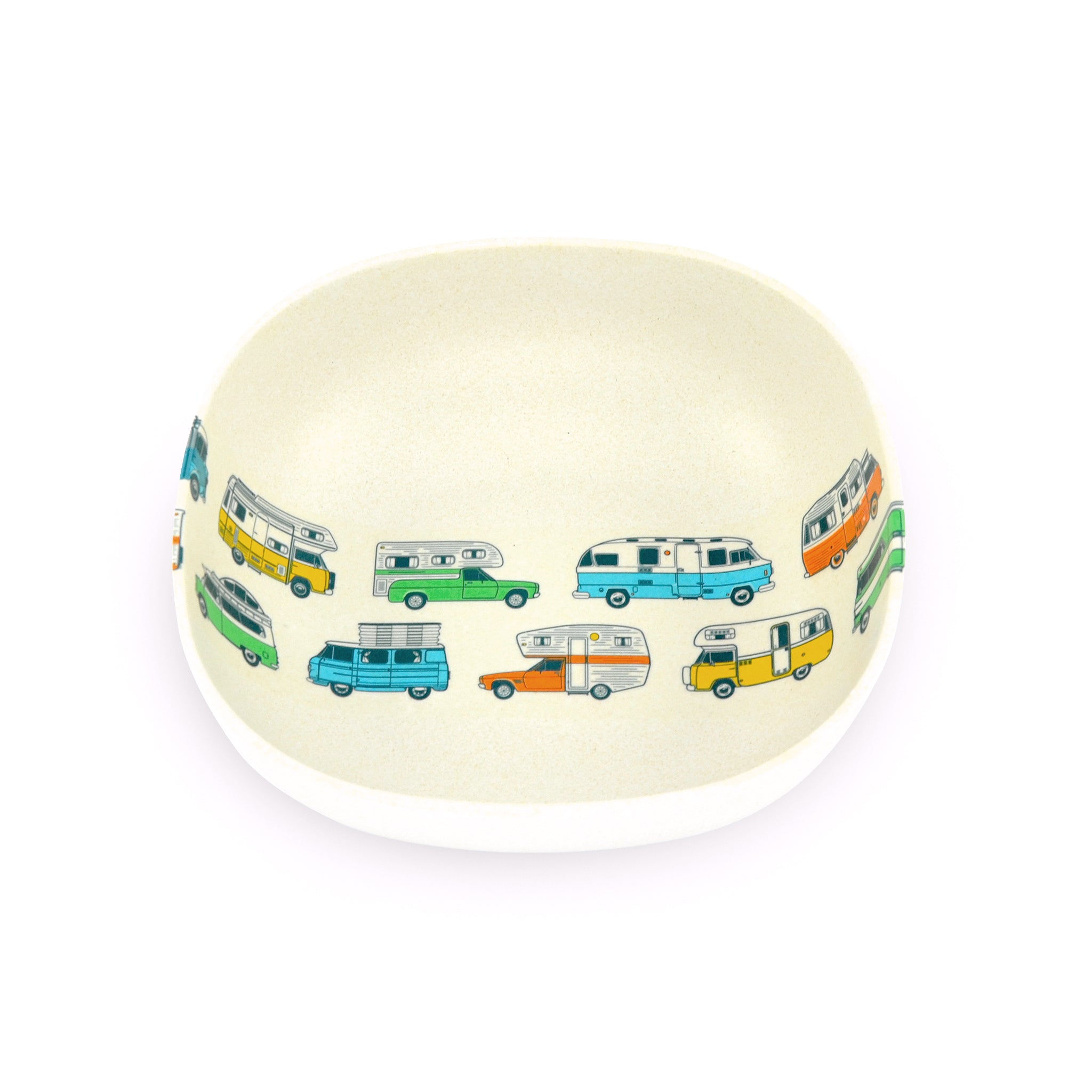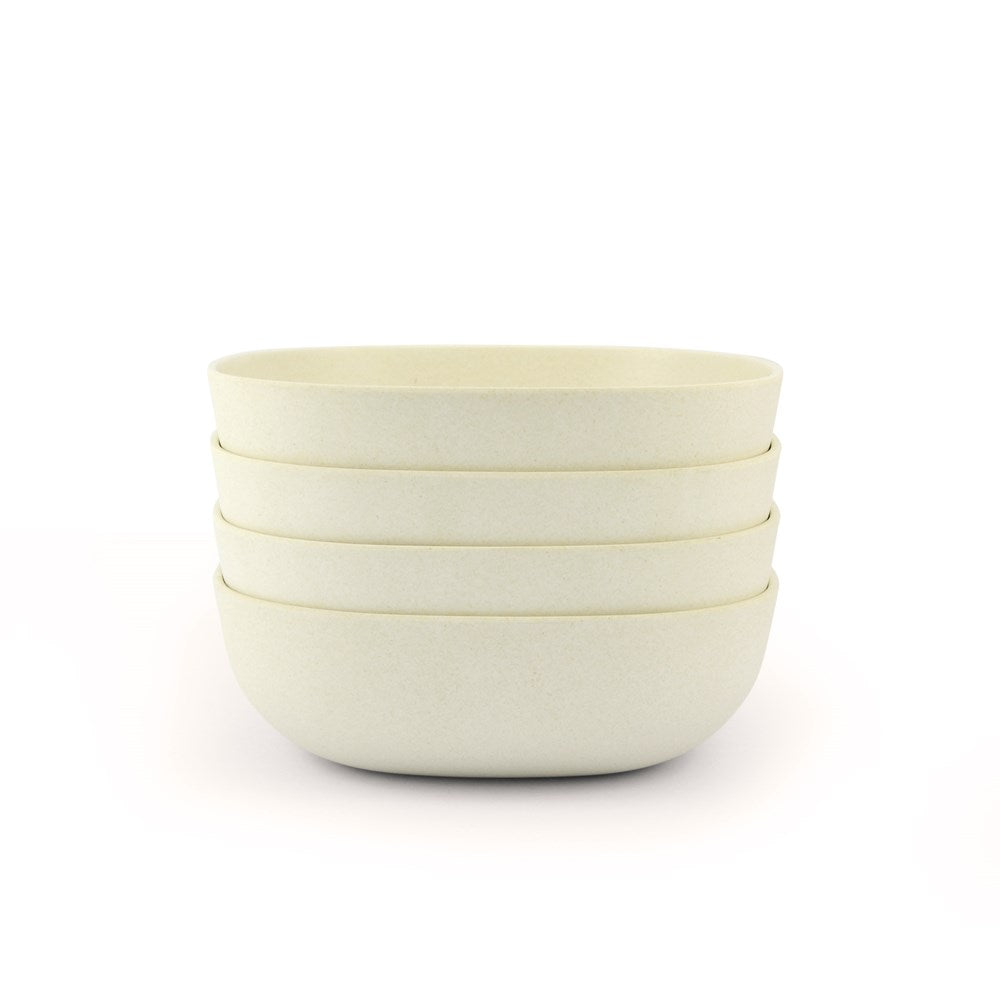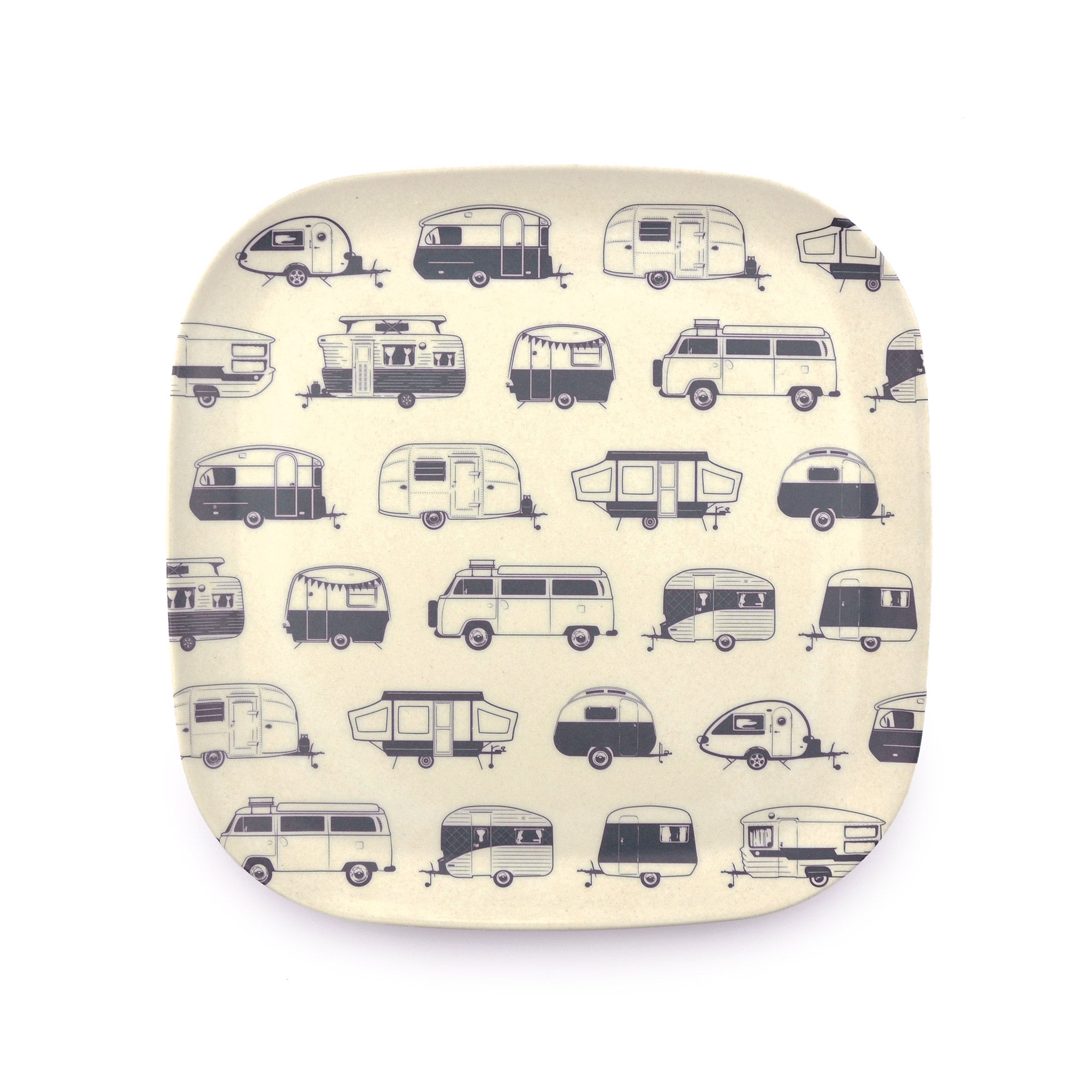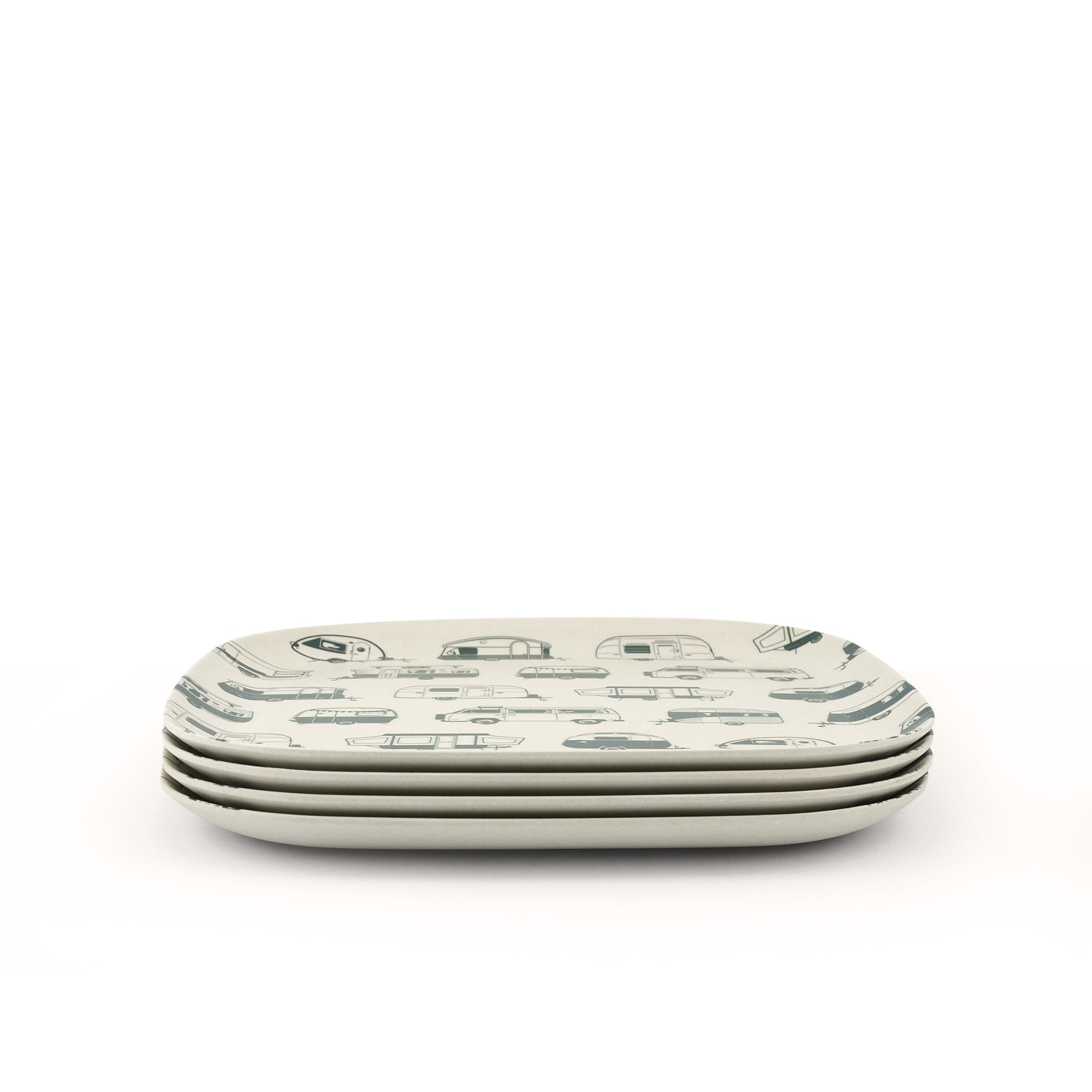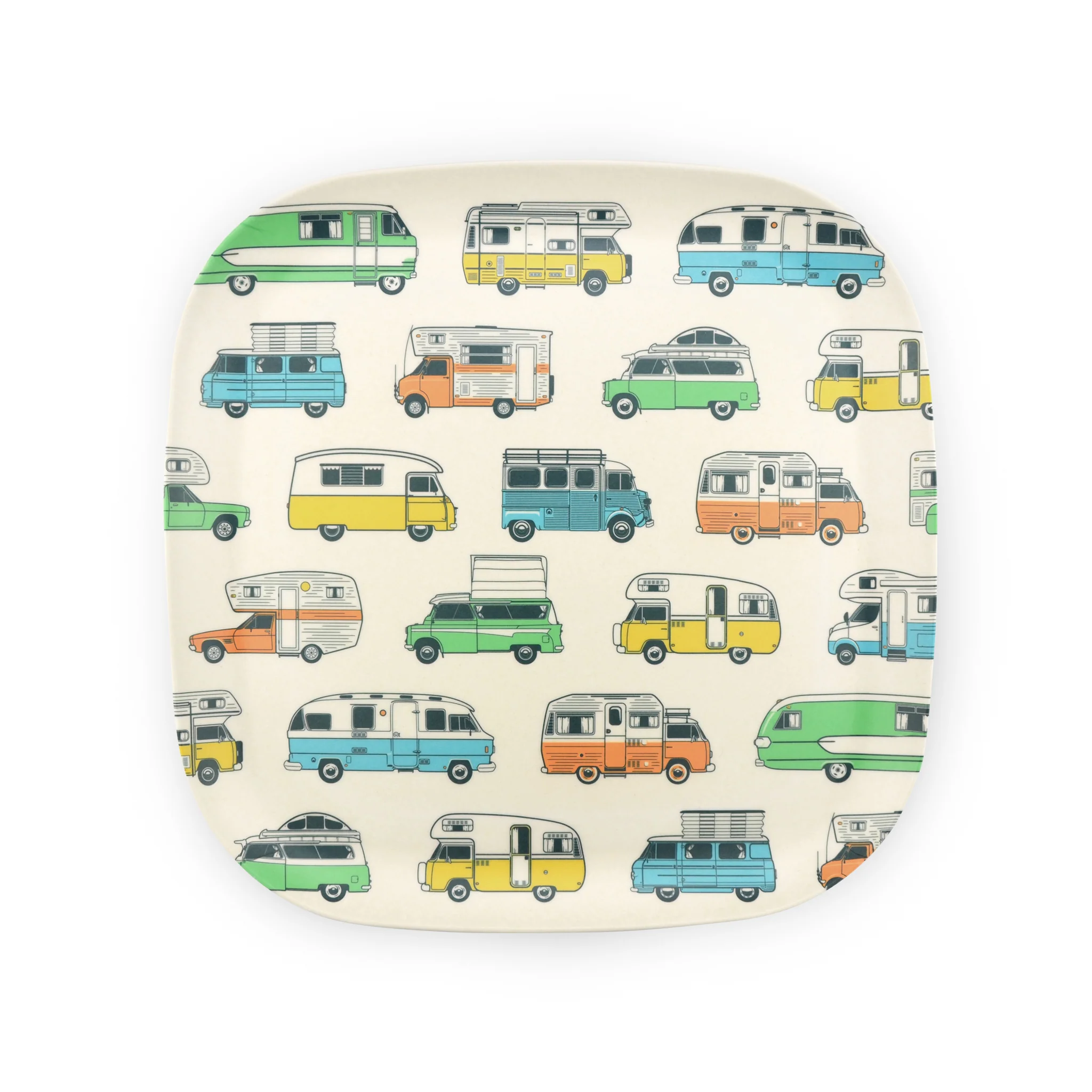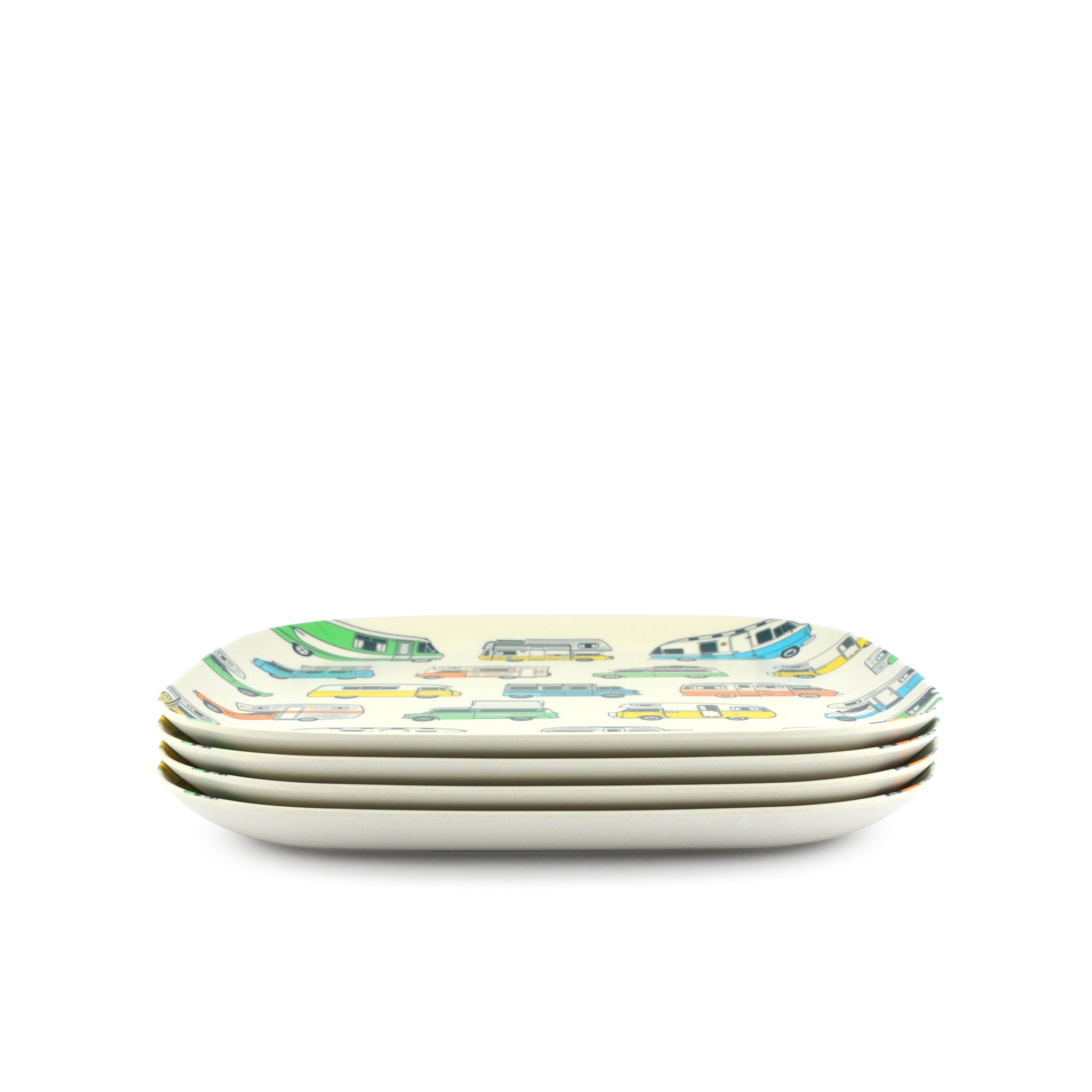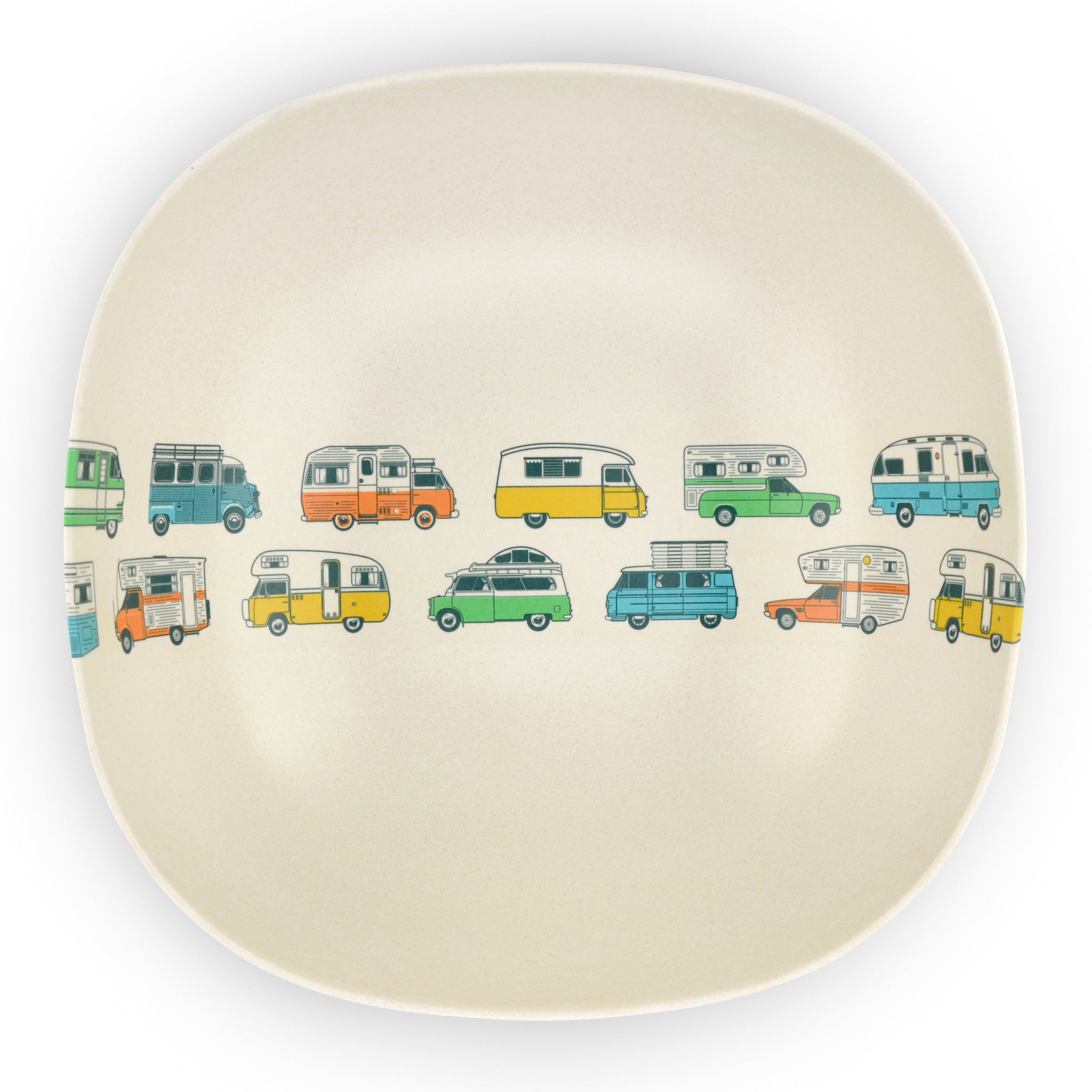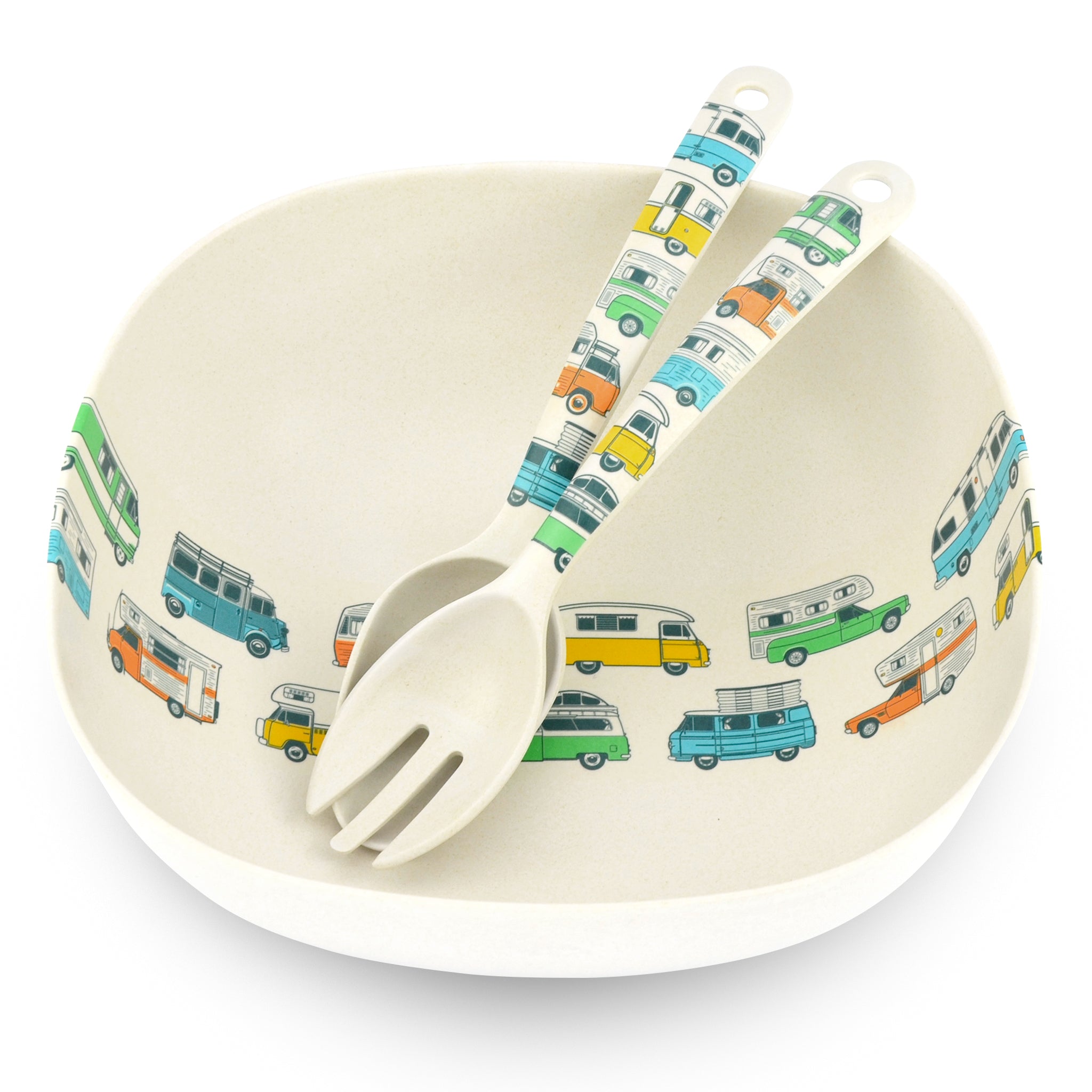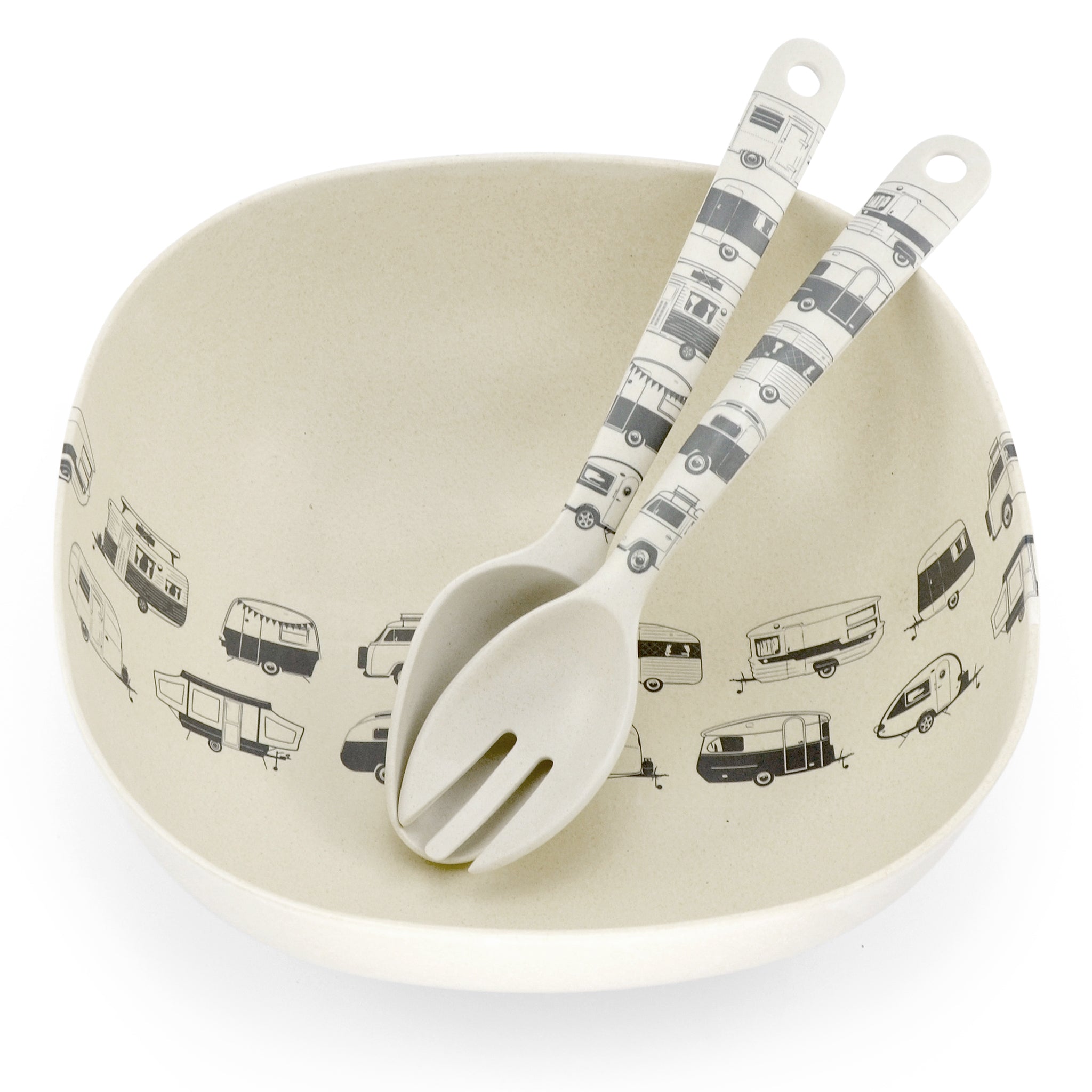MKP Caravans
You may not know the name Mikkel Kristian Pedersen, but this man was responsible for putting MKP caravans on the road. Originally a coachbuilder, Pedersen established the M. K. Pedersen company in Kolding, Denmark in 1923.
However, it wasn’t until the late 1950’s that the classic Petit caravan was born. Recognisable by its’ round, aerodynamic shape, this little beauty has become quite the big deal amongst caravan collectors around the world. But more about this later…
MKP caravans were built on an electroplated undercarriage with a fiberglass body, unlike most other caravans at the time, which were metal. As a buyer, you were able to customise your MKP caravan to suit your specific needs and taste. Being well insulated, MKP vans were perfect for cold winters and hot summers, and due to their round shape, had great wind resistance and therefore, low fuel consumption. Most MKP vans also came with double-glazed windows, too!
When you bought a MKP van, you knew you were getting great quality.
Between 1959 and 1988, it is said that around 14,500 MKP vans were built. Many of these, of course, were purchased in Denmark, but a large number were exported to other countries, such as Greenland, Sweden, Norway, Germany, Holland, Switzerland, USA, England and France. They were also licensed to Japan.
The caravans were also used for business, not just for leisure; the Post and Telegraph Service used small, orange MKPs when doing wiring work. And due to the wagons' good insulation, they were also used in Greenland by deployed geologists, so they wouldn’t freeze!
Now, back to the Petit –
Originally intended to be towed by a Volkswagen, the Petit was produced until 1971, after being joined by the Midi and the Grand, with body lengths of 2.5m, 2.98m and 3.2m respectively.
During the oil crisis of 1975, the production process and materials became very costly. Although MKP experienced financial problems, due to high demand, they reintroduced production of the Petit in 1976, up until 1981, when it was replaced by the Smutti model.
More models were produced, and body shapes changed over the years; up until 1972, the vans had rounded edges, but from 1973 onwards, the shape became more squared. The final model change happened in 1982.
The last MKP van built left the Kolding factory in 1988. Competition had become too great to continue, and they were also too expensive to manufacture compared to the mass produced caravans with more conventional construction.
MKP vans have become collectors’ items and are becoming more valuable over time; however, they can still be bought for a reasonable amount of money.
Today, approximately 1,000 MKP caravans can be found on the roads of Denmark; a testament to the great quality and style that began with Mikkel Kristian Pedersen all those years ago.


